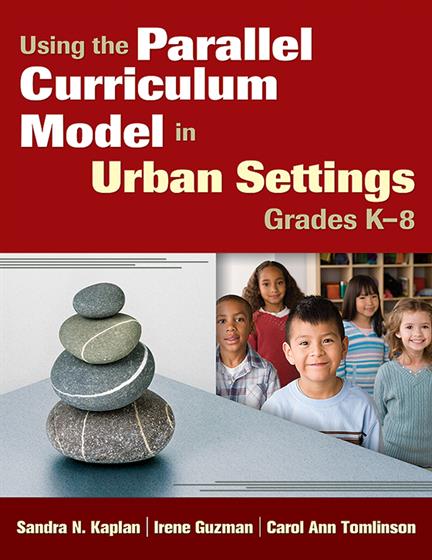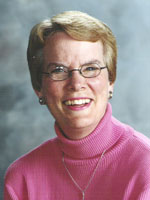
Hands-on, Practical Guidance for Educators
From math,
literacy, equity, multilingual learners, and SEL, to assessment, school counseling,
and education leadership, our books are research-based and authored by experts
on topics most relevant to what educators are facing today.
Using the Parallel Curriculum Model in Urban Settings, Grades K-8
Discover how the Parallel Curriculum Model can help urban students achieve!
Students in urban settings often have learning needs that go beyond a standards-based curriculum. Easily taught alongside a regular curriculum for Grades K–8, this book presents a high-quality curriculum that builds key learning skills for academic success for students of diverse cultural and socioeconomic backgrounds. Readers will find:
- An enriched, multidisciplinary curriculum for developing resiliency, self-motivation, and collaboration skills in urban youth
- Sixteen field-tested and ready-to-use lesson plans and related reproducibles
- Thought-provoking questions and interactive exercises that promote critical and creative thinking and classroom discussion
- Grade Level: PreK-12, Elementary, Secondary
- ISBN: 9781412972192
- Published By: Corwin
- Year: 2009
- Page Count: 128
- Publication date: December 17, 2012
Price: $46.95
For Instructors
When you select 'request review copy', you will be redirected to Sage Publishing (our parent site) to process your request.




